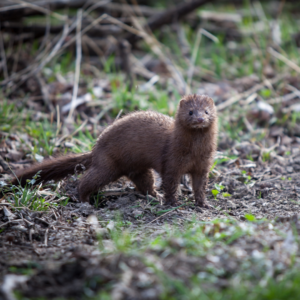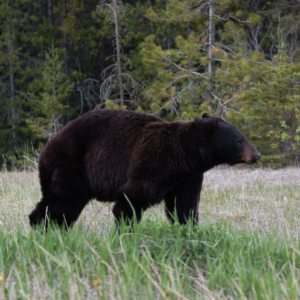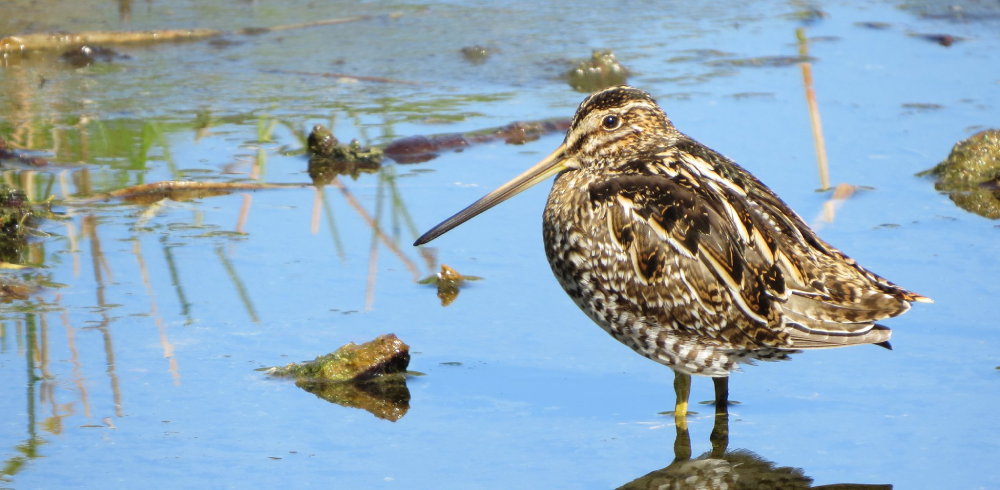 During this time that we’re supposed to be giving each other lots of space, let’s follow the example set by certain species of wildlife. While certain birds and fish like to travel together and hang out in large groups, others like to practice some healthy social distancing. American mink, a member of the weasel family, can be found in both fresh and brackish marshes. These voracious predators will eat fish, muskrats, shellfish, and nearly everything they can catch! Once hunted for their luxurious, soft fur (mink fur coats!), this species is more numerous than it once was in the twentieth century. Though very difficult to find, you may get lucky and see one if you visit your local marsh around sunrise or sunset!
During this time that we’re supposed to be giving each other lots of space, let’s follow the example set by certain species of wildlife. While certain birds and fish like to travel together and hang out in large groups, others like to practice some healthy social distancing. American mink, a member of the weasel family, can be found in both fresh and brackish marshes. These voracious predators will eat fish, muskrats, shellfish, and nearly everything they can catch! Once hunted for their luxurious, soft fur (mink fur coats!), this species is more numerous than it once was in the twentieth century. Though very difficult to find, you may get lucky and see one if you visit your local marsh around sunrise or sunset!
Wilson’s snipe are one of the most common shorebirds in North America, but like the mink, they are very secretive! Sending someone off on a “snipe hunt” off into the night was a common practical joke, but these birds are very real! They are usually solitary, except for the breeding season, and use their long bills to probe the mud for delicious invertebrates. They rely on their excellent camouflage to hide from predators and will only flush if someone gets within a foot or two away!
 The last social distancing animal we are going to look at today are black bears! Black bears have been found in every locality in Virginia (though they only turn up in certain cities very seldomly).These solitary omnivores spend much of their time alone, except for mothers raising their cubs. They can visit our local wetlands to forage in both fresh and brackish marshes for food like crabs, mussels, fish, and delicious tubers from marsh plants like arrow arum or duck potato.
The last social distancing animal we are going to look at today are black bears! Black bears have been found in every locality in Virginia (though they only turn up in certain cities very seldomly).These solitary omnivores spend much of their time alone, except for mothers raising their cubs. They can visit our local wetlands to forage in both fresh and brackish marshes for food like crabs, mussels, fish, and delicious tubers from marsh plants like arrow arum or duck potato.
In times like these where it’s important to be alone and maintain distancing, follow the examples of these critters! They stay separate until the proper time and season and you should too. In the meantime, get outside and explore! You never know what will pop up even in your own backyard.

